
On the occasion of the recent turmoil in Ethiopia's insurgent Tigray province, I'm resharing my thread about the history of Belgian expansionism towards the region in the 19th century. 🇧🇪🇪🇹⏳
⬇️ 1/14
theguardian.com/world/2020/nov…
⬇️ 1/14
theguardian.com/world/2020/nov…
During the 19th century, Belgian imperialism did not only affect the Congo, a whole list of other countries were seen as potential colonies. Already in the 1840s Abyssinia (the region which roughly corresponds with Ethiopia) was on the radar of Belgian expansionism 2/14
During the reign of King of the Belgians Leopold I, Belgian consul general in Alexandria Edouard Blondeel van Cuelebroeck was sent on an exploratory mission into Abysinnia. 3/14 
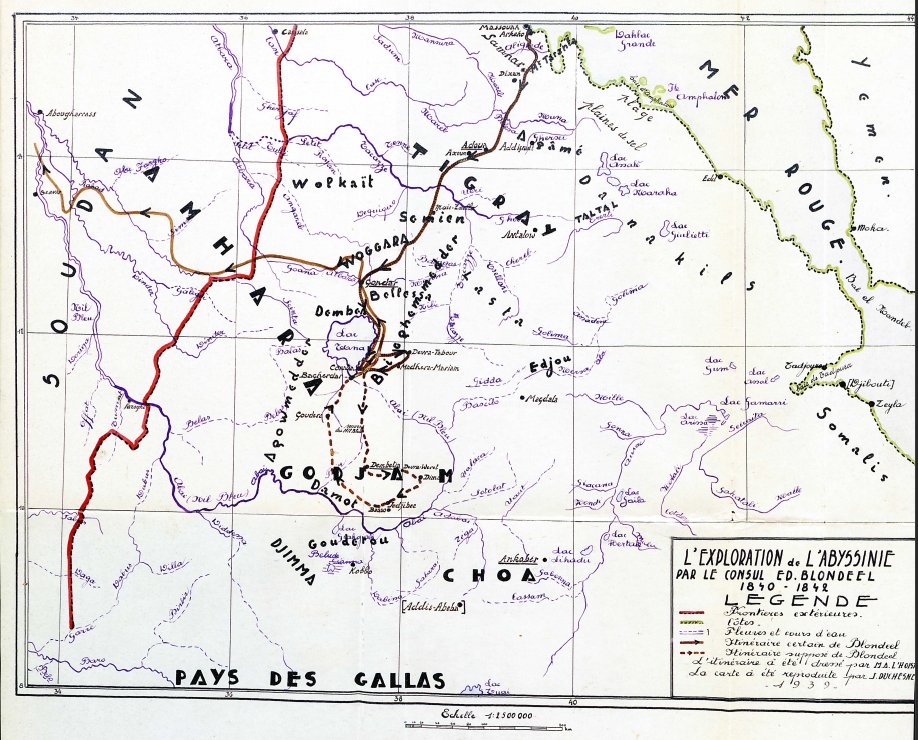
At the time, Abyssinia went through an era of internal fueds called "Zemene Mesafint". This was seen as a perfect opportunity to apply some of Belgium's finest 'divide and conquer'-tactics. It promped Blondeel to approach local warlord Biru Goshu of the Gojjam in 1841. 4/14 

In order to convince Biru Goshu of the potential to become an ally of Belgium, the local warlord received samples of Belgium's finest industrial products such as: small arms, textiles and jewelry. Blondeel message was clear, he had to showcase the prospects of trade. 5/14 
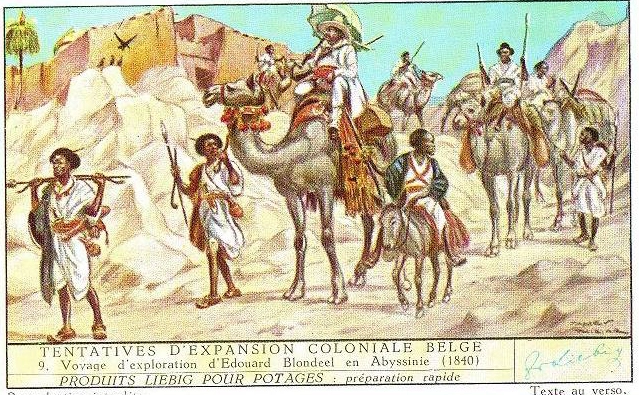
A plan was set up: Belgium would pay 100.000 Austrian thalers and 7000 Belgian rifles in exchange for an assault of Birru Goshu’s troops on a warlord named Ras Oubye. His lands would be transferred to the Belgians and a catholic mission was allowed to be built in Gojjam. 6/14
However, this attempt to gain a Belgian stronghold in eastern Africa failed miserably. In Belgium, there was almost no commercial nor political support for his ambitious ideas. Moreover, Ethiopia was transformed through the policies of emperor Tewedros II. 7/14 
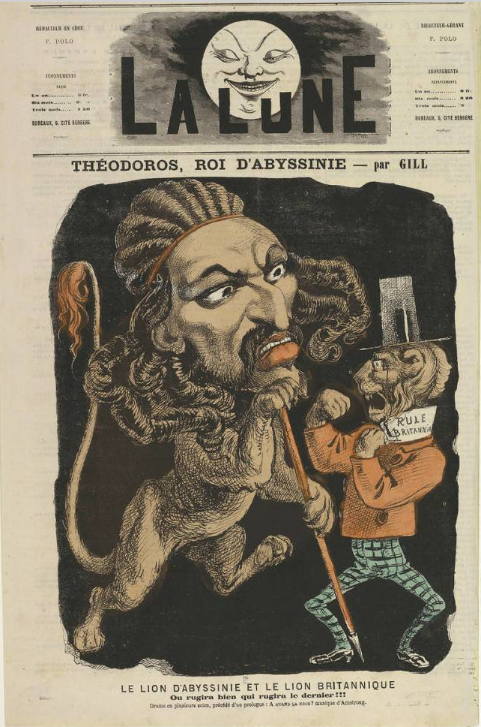
Tewedros II succeeded to crush local resistance and reinstall his imperial reign. During one of Tewedros II’s expeditions Biru Goshu was taken prisoner at the Battle at Amba Jebelli in March 1854. 8/14
en.wikipedia.org/wiki/Battle_of…
en.wikipedia.org/wiki/Battle_of…
Fifteen years long, Birru Goshu was held captive until he was sentenced to death by Tewedros II’s successor Tekle Giyorgis II in 1869. 9/14 

Contrary to Birru Goshu, Blondeel Van Cuelebroeck’s life was not affected by this Abyssinian fiasco. He went back to Belgium and was able to successfully pursue a career in diplomacy. 10/14 
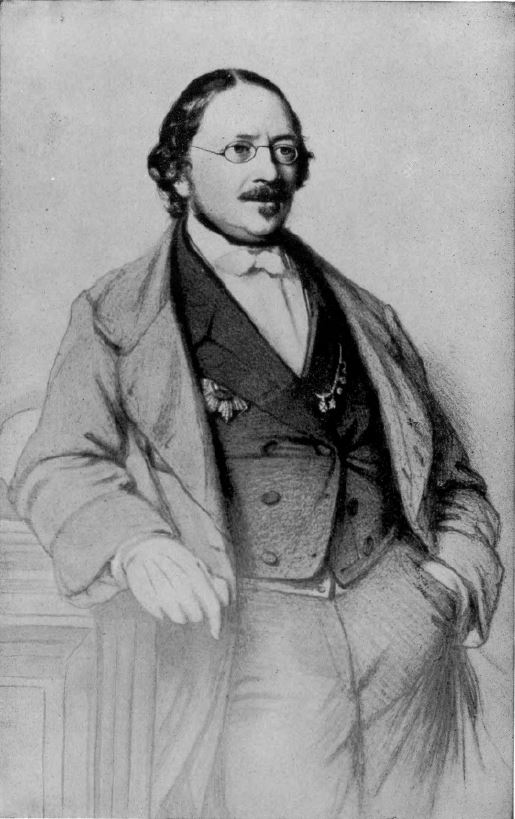
Sadly enough, Blondeel's copies of precious Ethiopian manuscripts such as the Tarika Nagast chronicle, the civil and canonical law book Fatha Tagast and a richly illustrated copy of the Dersan Mikaël hagiography were lost on his way back to Alexandria. 11/14 

Long story short: no colony in Abyssinia for Belgium. In the following decades the Ethiopian Solomonite Empire would further revitalise and be able to be one of few African regions able to fend of imperialism. 12/14
In hindsight, the history of Belgian expansionism in Abyssinia can learn us more about the deep historical regional divides in the country and how expansionist interference contributed to separatist sentiments in the regio. 13/14
Time for me to head back for the sources and study Blondeel's lengthy report (418 pages!) of his travels to Abyssinia for my research on Belgian diplomacy in Egypt 1830-1914 @Egyptology_PP ! 👋🤓 14/14 
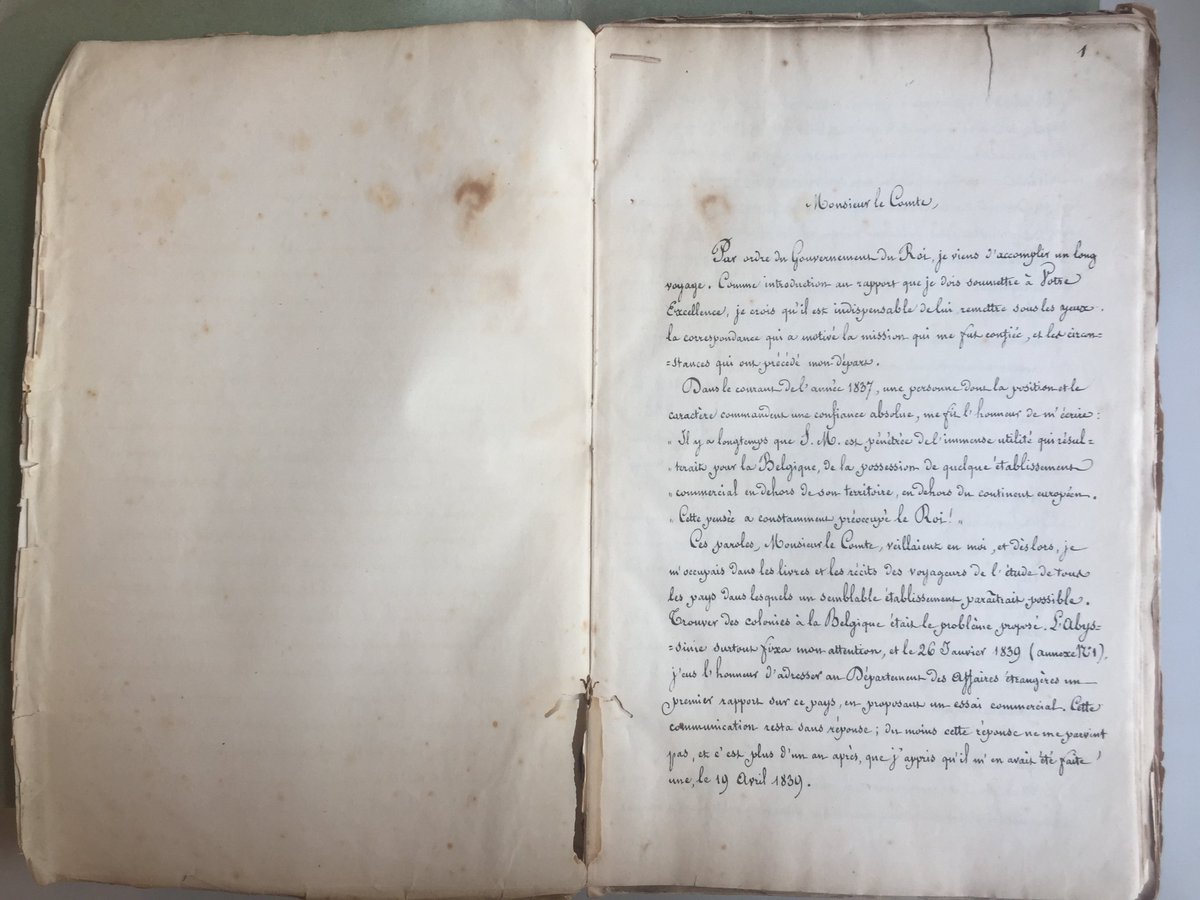
📚Sources
Anckaer, Jan, ‘BLONDEEL VAN CUELEBROECK (Edouard)’, Biographical Dictionary of Overseas Belgians (kaowarsom.be/nl/notices_blo…).
Anckaer, Jan, ‘BLONDEEL VAN CUELEBROECK (Edouard)’, Biographical Dictionary of Overseas Belgians (kaowarsom.be/nl/notices_blo…).
Bekele, Shiferaw, ‘Monarchical restoration and territorial expansion : the Ethiopian state in the second half of the nineteenth century’, Prunier, Gérard, and Éloi Ficquet red., Understanding contemporary Ethiopia. London: Hurst & Company, 2015.
Duchesne, Albert, A la recherché d’une colonie belge: le consul Blondeel en Abyssinie (1840-1842): contribution à l’histoire précoloniale de la Belgique, Brussels, Institut royal colonial belge, 1953. (kaowarsom.be/documents/MEMO…)
Duchesne, Albert. Le voyage d'exploration du consul Blondeel en Abyssinie, 1840-1842: contribution à l'histoire coloniale de la Belgique (Unpublished
doctoral dissertation). Université libre de Bruxelles, Bruxelles, 1939.
dipot.ulb.ac.be/dspace/bitstre…
doctoral dissertation). Université libre de Bruxelles, Bruxelles, 1939.
dipot.ulb.ac.be/dspace/bitstre…
• • •
Missing some Tweet in this thread? You can try to
force a refresh



